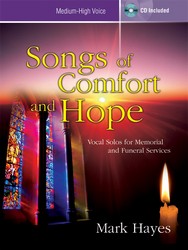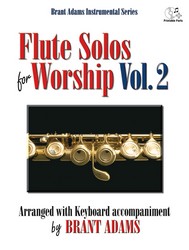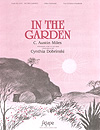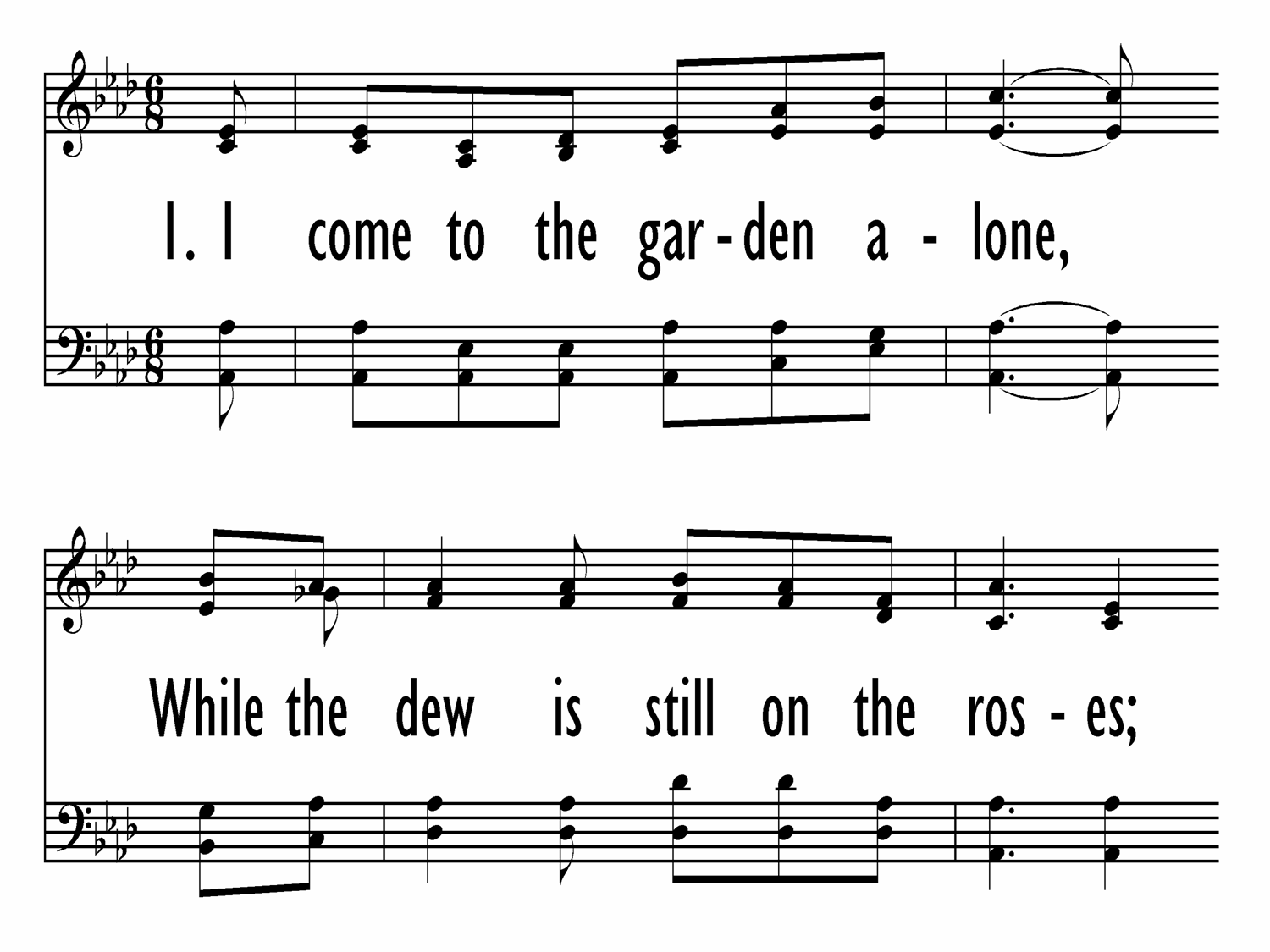- |
User Links
In the Garden

I come to the garden alone
Author: C. Austin Miles (1912)Tune: GARDEN (Miles)
Songs of Response
Published in 294 hymnals
Printable scores: PDFPlayable presentation: Lyrics only, lyrics + musicAudio files: MIDI, Recording
Representative Text
1 I come to the garden alone,
While the dew is still on the roses;
And the voice I hear, falling on my ear,
The Son of God discloses.
Refrain:
And He walks with me, and He talks with me,
And He tells me I am His own,
And the joy we share as we tarry there,
None other has ever known.
2 He speaks, and the sound of His voice
Is so sweet the birds hush their singing;
And the melody that He gave to me
Within my heart is ringing. [Refrain]
3 I'd stay in the garden with Him
Tho' the night around me be falling;
But He bids me go; thro' the voice of woe,
His voice to me is calling. [Refrain]
Baptist Hymnal, 1991
Author: C. Austin Miles
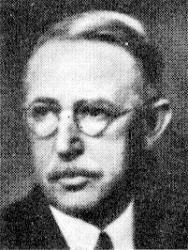 Charles Austin Miles USA 1868-1946. Born at Lakehurst, NJ, he attended the Philadelphia College of Pharmacy and the University of PA. He became a pharmacist. He married Bertha H Haagen, and they had two sons: Charles and Russell. In 1892 he abandoned his pharmacy career and began writing gospel songs. At first he furnished compositions to the Hall-Mack Publishing Company, but soon became editor and manager, where he worked for 37 years. He felt he was serving God better in the gospel song writing business, than as a pharmacist. He published the following song books: “New songs of the gospel” (1900), “The service of praise” (1900), “The voice of praise” (1904), “The tribute of song” (1904), “New songs of the gospel… Go to person page >
Charles Austin Miles USA 1868-1946. Born at Lakehurst, NJ, he attended the Philadelphia College of Pharmacy and the University of PA. He became a pharmacist. He married Bertha H Haagen, and they had two sons: Charles and Russell. In 1892 he abandoned his pharmacy career and began writing gospel songs. At first he furnished compositions to the Hall-Mack Publishing Company, but soon became editor and manager, where he worked for 37 years. He felt he was serving God better in the gospel song writing business, than as a pharmacist. He published the following song books: “New songs of the gospel” (1900), “The service of praise” (1900), “The voice of praise” (1904), “The tribute of song” (1904), “New songs of the gospel… Go to person page >Text Information
Related Texts
| First Line: | I come to the garden alone |
| Title: | In the Garden |
| Author: | C. Austin Miles (1912) |
| Meter: | 8.9.10.7 with refrain |
| Language: | English |
| Refrain First Line: | And He walks with me, and He talks with me |
| Publication Date: | 1912 |
| Copyright: | Public Domain |
| Liturgical Use: | Songs of Response |
Notes
Access an additional article on the Canterbury Dictionary of Hymnology:
For Leaders
Text:
This text was written by C. Austin Miles in 1912. By his own account (as given in George Sanville's Forty Gospel Hymn Stories), he saw a vivid dream after reading John 20, and was then inspired to write this hymn about the first encounter between Mary Magdalene and her risen Lord.
Miles's hymn has been criticized for being overly sentimental and even erotic. When put in the context of the Scripture that inspired it, one can see that Miles wrote the song from Mary's point of view. In it, she expresses the great joy she must have felt on suddenly hearing and seeing her beloved Savior after witnessing His death and burial (Mark 15:40, 47). However, the long and loving communion to which the refrain alludes is not recorded or implied in the biblical account (John 20:14-18), which rather indicates that their conversation was quite short – as soon as Mary recognizes Jesus, He tells her to go. Perhaps Miles means that that moment was so overflowing with the sudden change of emotions from grief to joy that time seemed to stand still.
Tune:
The tune GARDEN was written at the same time as the text by C. Austin Miles. They were published for the first time together in The Gospel Message No. 2 in 1912. Originally, the tune had two-part treble harmony on the stanza and standard four-part harmony on the refrain, but in modern hymnals, the entire hymn is given in four-part harmony. Because the hymn was written from Mary's point of view, it might be good to have the women or a soloist sing the entire song, or just the stanzas (with the entire group on the refrain).
When/Why/How:
Because this hymn narrates and expands on part of the Resurrection account, it is best suited for Easter morning, whether in a simple handbell setting like “In the Garden” as a quiet prelude, or an organ setting for an offertory (as in “With Everlasting Alleluias”, or a choral anthem based on “In the Garden” before the sermon. Unlike many Easter hymns, which overflow with proclamations of victory well suited to brass and full organ, this hymn provides a relatively quiet reflection best suited to simple piano or light instruments.
Tiffany Shomsky, Hymnary.org
Timeline
Arrangements
Media
- MIDI file from Baptist Hymnal 1991 #187
- Audio recording from Baptist Hymnal 1991 #187
- MIDI file from Baptist Hymnal 1991 #187
- Audio recording from Baptist Hymnal 2008 #476
- MIDI file from The Cyber Hymnal #3088
- Audio recording from Small Church Music #76
- Audio recording from Small Church Music #76
- MIDI file from Timeless Truths #962
- Audio recording from The Worshiping Church #242
- Audio recording from The United Methodist Hymnal #314
- MIDI file from Worship and Rejoice #300
- MIDI file from Worship in Song: A Friends Hymnal #121


 My Starred Hymns
My Starred Hymns